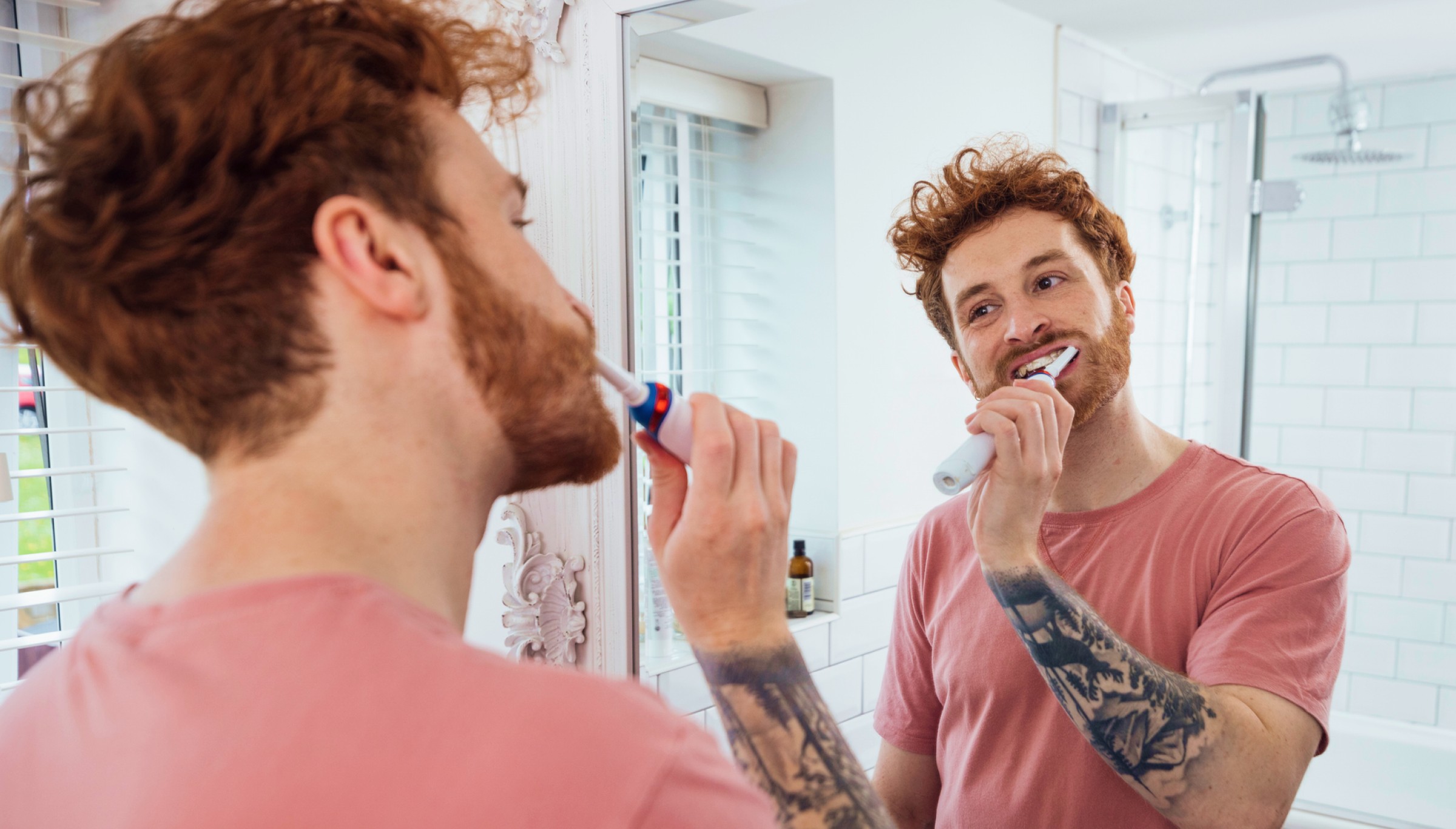Five must-know oral health tips
You’re probably familiar with oral health basics, like brushing for two minutes each time or using a fluoride toothpaste. These next-level tips will help you step up your oral health routine.
1. Close your mouth to reach your back teeth.
Cleaning your very back molars can be tricky. It might feel counterintuitive but try closing your mouth when you brush your back teeth. It can give you more room to maneuver your toothbrush between your teeth and the inside of your cheek.
2. Floss behind your very back teeth.
It can be frustrating to reach your back teeth with floss or floss picks, but it’s important to do your best. If you’re not brushing and flossing can lead to bacteria buildup and cavities. Remember to:
- Be patient. Take your time to make sure you’re cleaning effectively.
- Be gentle. Your gums are delicate. Being too rough with them can cause inflammation and bleeding.
- Be consistent. Flossing daily helps prevent buildup of plaque and tartar.
3. Brush differently when you use an electric toothbrush.
An electric toothbrush is a great way to clean your smile, but it requires a different technique than a traditional toothbrush. Here’s how to use it correctly.
- Don’t scrub back and forth. The electric toothbrush will take care of that for you. Instead, move the brush slowly from front, back and top surfaces of each tooth while it’s turned on.
- Don’t brush hard. This can damage your tooth enamel and cause the bristles on your brush head to fray. Maintain a gentle pressure with your toothbrush.
- Remember to replace your toothbrush head every three months or when it starts to fray – the same as you would a regular toothbrush.
4. Try “dry brushing” before you brush with toothpaste.
“Dry brushing” is when you brush your teeth without using water or toothpaste. You still need to brush twice a day with a fluoride toothpaste – but the dry bristles on a soft-bristled toothbrush are very effective at scrubbing off plaque and bacteria before you use the fluoride toothpaste to strengthen your enamel.
5. Use a toothpaste for sensitive teeth after whitening treatments.
Professional and over-the-counter whitening treatments can cause temporary tooth sensitivity. If that happens to you, try using a toothpaste for sensitive teeth until you’re finished with the whitening treatment.
Wake up to the flavors of fall
Packed with fiber-rich oats, nutritious pumpkin and a sprinkle of cinnamon, this dish supports oral health while satisfying your seasonal cravings.
Does my HSA cover cosmetic dental procedures?
Not all health expenses can be paid for using your HSA. Here’s what you can and can’t use your HSA cash for.
Your fall smile list
Fall is a fun (and sometimes hectic) time of the year. Here are 9 ways to keep smiling.








